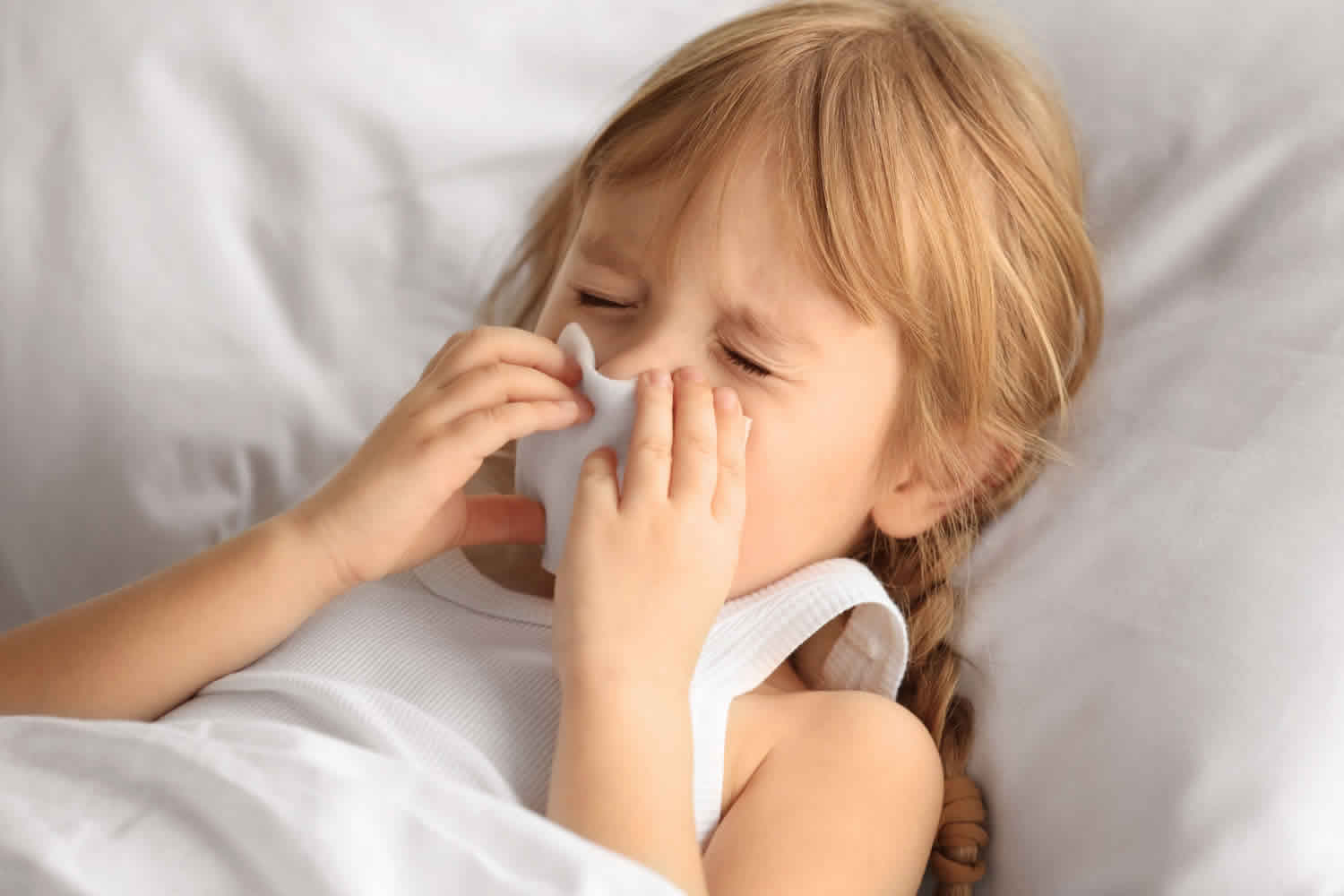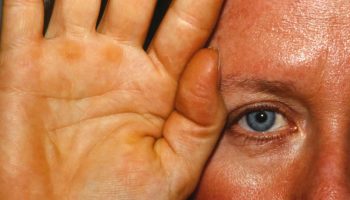Contents
What is rhinovirus
Rhinovirus C, along with rhinoviruses A and B, is a leading cause of common colds. Rhinoviruses (rhin means “nose”) can also cause severe respiratory infections in infants and young children, and cause serious illness for those with asthma and other chronic respiratory conditions. Rhinoviruses may also cause some sore throats, ear infections, and infections of the sinuses (openings in the bone near the nose and eyes). They may also cause pneumonia and bronchiolitis, but this is less common.
Most children have about 8 to 10 colds during the first 2 years of life. If a child spends time in child care settings where he or she is near other children with colds, the child may catch even more colds.
Rhinoviruses easily pass from one person to another. Rhinovirus enters your body through your mouth, eyes or nose. The virus can spread through droplets in the air when someone who is sick coughs, sneezes or talks. Rhinovirus also spreads by hand-to-hand contact with someone who has a cold or by sharing contaminated objects, such as utensils, towels, toys or telephones. If you touch your eyes, nose or mouth after such contact or exposure, you’re likely to catch a cold.
When a child with a rhinovirus infection has a runny nose, the liquid from her nose get on to her hands and from there on to tables, toys, and other places. Your child might touch the hands or skin of another child or toys that have the virus on it and then touch her own eyes or nose, infecting herself. She might also breathe in viruses that are in the air when a sick child sneezes or coughs.
Even though your child can get a cold at any time of the year, these infections are most common during the fall and spring.
How long does rhinovirus last?
Most people recover from a rhinovirus infection in a week or 10 days. Symptoms might last longer in people who smoke. If symptoms don’t improve, see your doctor.
Risk factors for getting rhinovirus infection
These factors can increase your chances of getting rhinovirus infection:
- Age. Children younger than 6 are at greatest risk of colds, especially if they spend time in child-care settings.
- Weakened immune system. Having a chronic illness or otherwise weakened immune system increases your risk.
- Time of year. Both children and adults are more susceptible to colds in fall and winter, but you can get a cold anytime.
- Smoking. You’re more likely to catch a cold and to have more-severe colds if you’re exposed to cigarette smoke.
- Exposure. If you’re around many people, such as at school or on an airplane, you’re likely to be exposed to viruses that cause colds.
Rhinovirus infection prevention
There’s no vaccine for rhinovirus infection, but you can take commonsense precautions to slow the spread of cold viruses:
- Wash your hands. Clean your hands thoroughly and often with soap and water, and teach your children the importance of hand-washing. If soap and water aren’t available, use an alcohol-based hand sanitizer.
- Avoid touching your eyes, nose, and mouth with unwashed hands. Viruses that cause colds can enter your body this way and make you sick
- Disinfect your stuff. Clean kitchen and bathroom countertops with disinfectant, especially when someone in your family has a cold. Wash children’s toys periodically.
- Use tissues. Sneeze and cough into tissues. Discard used tissues right away, then wash your hands carefully. Teach children to sneeze or cough into the bend of their elbow when they don’t have a tissue. That way they cover their mouths without using their hands.
- Don’t share. Don’t share drinking glasses or utensils with other family members. Use your own glass or disposable cups when you or someone else is sick. Label the cup or glass with the name of the person with the cold.
- Steer clear of colds. Avoid close contact with anyone who has a cold. Sick people can spread viruses that cause the common cold through close contact with others.
- Choose your child care center wisely. Look for a child care setting with good hygiene practices and clear policies about keeping sick children at home.
- Take care of yourself. Eating well, getting exercise and enough sleep, and managing stress might help you keep colds at bay.
How to protect others
If you have a cold, you should follow these tips to help prevent spreading it to other people:
- Stay at home while you are sick and keep children out of school or daycare while they are sick.
- Avoid close contact with others, such as hugging, kissing, or shaking hands.
- Move away from people before coughing or sneezing.
- Cough and sneeze into a tissue then throw it away, or cough and sneeze into your upper shirt sleeve, completely covering your mouth and nose.
- Wash your hands after coughing, sneezing, or blowing your nose.
- Disinfect frequently touched surfaces and objects, such as toys and doorknobs.
There is no vaccine to protect you against the common cold.
Rhinovirus symptoms
Symptoms of a common cold usually appear one to three days after exposure to a cold-causing rhinoviruses.
Most people know the signs and symptoms of the common cold.
Common cold may start with a watery, runny nose that looks like a clear liquid. Later, the discharge becomes thicker and is often a brownish, gray, or greenish color. These colors are normal to see as you or your child begins to get better from a cold.
Signs and symptoms, which can vary from person to person, might include:
- Sneezing
- Runny or stuffy nose
- A mild fever (101°F–102°F or 38.3°C–38.9°C)
- Headaches
- Sore throat
- Cough
- Muscle aches
- A decrease in appetite
- Generally feeling unwell (malaise)
The discharge from your nose may become thicker and yellow or green in color as a common cold runs its course. This isn’t an indication of a bacterial infection.
In some children, you may see pus (whitish mucus) on the tonsils, which could be a sign of a type of infection caused by a bacteria (Streptococcus).
Usually a child who has a rhinovirus infection won’t have any signs or symptoms for the first 2 to 3 days. Once the symptoms start, they usually last for 10 to 14 days, but sometimes the child will get better faster than that.
For adults — seek medical attention if you have:
- Fever greater than 101.3 °F (38.5 °C)
- Fever lasting five days or more or returning after a fever-free period
- Shortness of breath
- Wheezing
- Severe sore throat, headache or sinus pain
For children — in general, your child doesn’t need to see the doctor for a common cold. But seek medical attention right away if your child has any of the following:
- Fever of 100.4 °F (38 °C) in newborns up to 12 weeks
- Rising fever or fever lasting more than two days in a child of any age
- Symptoms that worsen or fail to improve
- Severe symptoms, such as headache or cough
- Wheezing
- Ear pain
- Extreme fussiness
- Unusual drowsiness
- Lack of appetite
Rhinovirus infection complications
- Acute ear infection (otitis media). This occurs when bacteria or viruses enter the space behind the eardrum. Typical signs and symptoms include earaches and, in some cases, a green or yellow discharge from the nose or the return of a fever following a common cold.
- Asthma. A cold can trigger an asthma attack.
- Acute sinusitis. In adults or children, a common cold that doesn’t resolve can lead to inflammation and infection of the sinuses (sinusitis).
- Other secondary infections. These include strep throat (streptococcal pharyngitis), pneumonia, and croup or bronchiolitis in children. These infections need to be treated by a doctor.
Rhinovirus treatment
There’s no cure for rhinovirus infection. Antibiotics are of no use against cold viruses and shouldn’t be used unless there’s a bacterial infection. Treatment is directed at relieving signs and symptoms.
Pros and cons of commonly used cold remedies include:
- Pain relievers. For a fever, sore throat and headache, many people turn to acetaminophen (Tylenol, others) or other mild pain relievers. Use acetaminophen for the shortest time possible and follow label directions to avoid side effects. Use caution when giving aspirin to children or teenagers. Children and teenagers recovering from chickenpox or flu-like symptoms should never take aspirin. This is because aspirin has been linked to Reye’s syndrome, a rare but potentially life-threatening condition, in such children. Consider giving your child over-the-counter (OTC) pain medications designed for infants or children. These include acetaminophen (Children’s Tylenol, FeverAll, others) or ibuprofen (Children’s Advil, Children’s Motrin, others) to ease symptoms.
- Decongestant nasal sprays. Adults can use decongestant drops or sprays for up to five days. Prolonged use can cause rebound symptoms. Children younger than 6 shouldn’t use decongestant drops or sprays.
- Cough syrups. The Food and Drug Administration (FDA) and the American Academy of Pediatrics strongly recommends against giving OTC cough and cold medicines to children younger than age 4 as they may be harmful. There’s no good evidence that these remedies are beneficial or safe for children.
It isn’t typically recommended that you give cough or cold medicines to an older child, but if you do, follow the label directions. Don’t give your child two medicines with the same active ingredient, such as an antihistamine, decongestant or pain reliever. Too much of a single ingredient could lead to an accidental overdose.
Home remedies
To make yourself as comfortable as possible when you have a cold, try:
- Drinking plenty of fluids. Water, juice, clear broth or warm lemon water are good choices. Avoid caffeine and alcohol, which can dehydrate you.
- Eating chicken soup. Chicken soup and other warm fluids can be soothing and can loosen congestion.
- Resting. If possible, stay home from work or school if you have a fever or a bad cough or are drowsy after taking medications. This will give you a chance to rest as well as reduce the chances that you’ll infect others.
- Adjusting your room’s temperature and humidity. Keep your room warm, but not overheated. If the air is dry, a cool-mist humidifier or vaporizer can moisten the air and help ease congestion and coughing. Keep the humidifier clean to prevent the growth of bacteria and molds.
- Soothing your throat. A saltwater gargle — 1/4 to 1/2 teaspoon salt dissolved in a 4-ounce to 8-ounce glass of warm water — can temporarily relieve a sore or scratchy throat.
- Using saline nasal drops. To help relieve nasal congestion, try saline nasal drops. You can buy these drops over-the-counter, and they can help relieve symptoms, even in children. In infants, gently suction the nostrils with a bulb syringe (insert the bulb syringe about 1/4 to 1/2 inch, or about 6 to 12 millimeters) after applying saline drops.
Alternative medicine
In spite of ongoing studies, the scientific jury is still out on common alternative cold remedies such as vitamin C and echinacea. Here’s an update on some popular choices:
- Vitamin C. It appears that for the most part taking vitamin C won’t help the average person prevent colds.
- Echinacea. Studies on the effectiveness of echinacea at preventing or shortening colds are mixed. However, if your immune system is healthy, you’re not taking prescription medications and you’re not allergic to echinacea, using echinacea supplements is unlikely to cause harm.
- Zinc. The cold-fighting reputation of zinc has had its ups and downs. That’s because many zinc studies — both those that find the mineral beneficial and those that do not — are flawed. In studies with positive results, zinc lozenges seemed most effective if taken within 24-48 hours of the onset of symptoms. Zinc side effects include a bad taste and nausea. Talk to your doctor before taking a zinc supplement. Intranasal zinc might cause permanent damage to the sense of smell. In June 2009, the FDA issued a warning against using three zinc-containing nasal cold remedies because they had been associated with a long-lasting or permanent loss of smell (anosmia).





